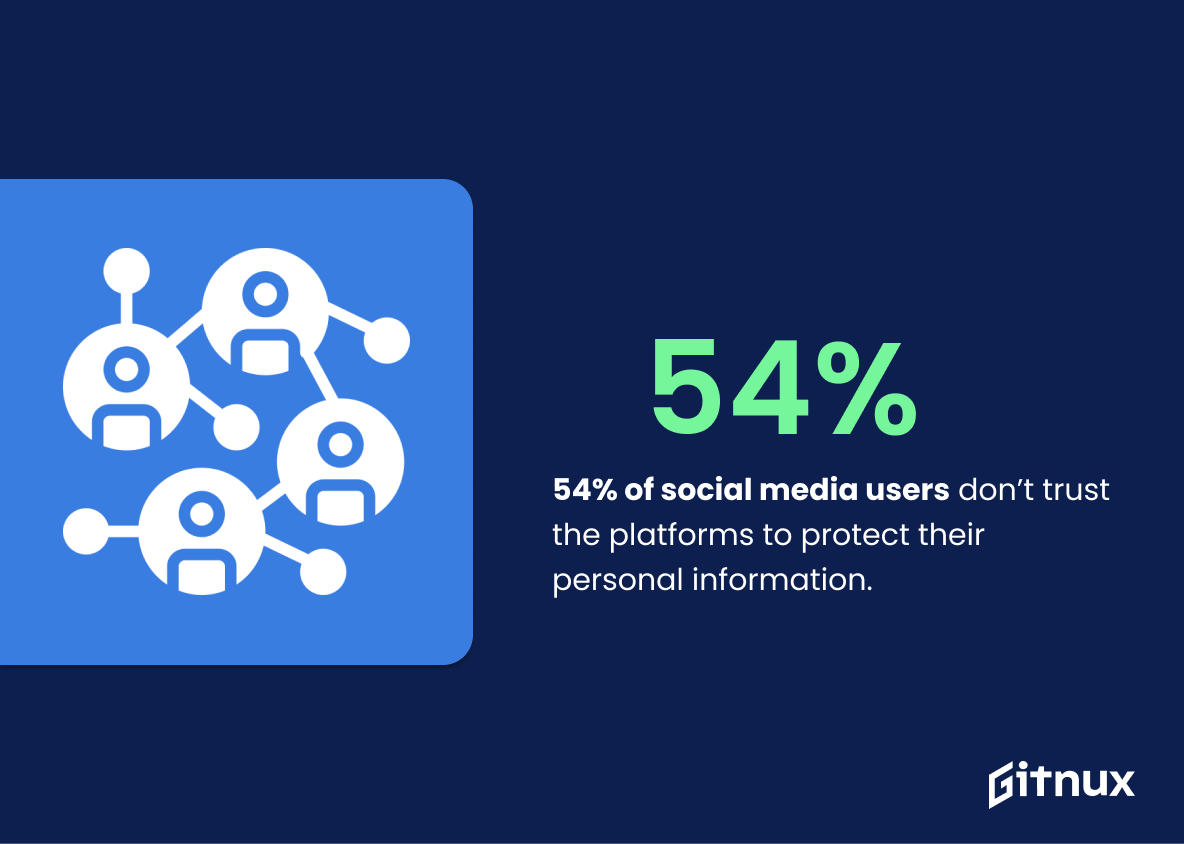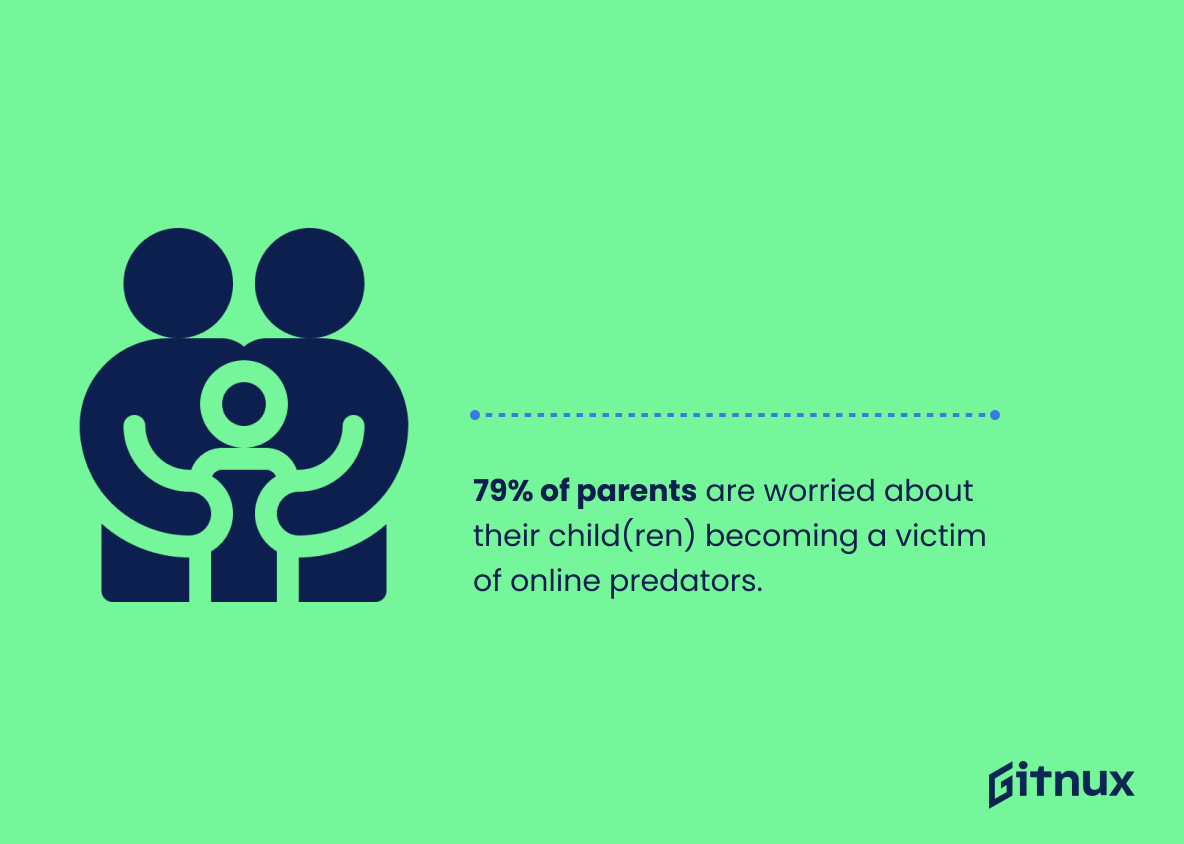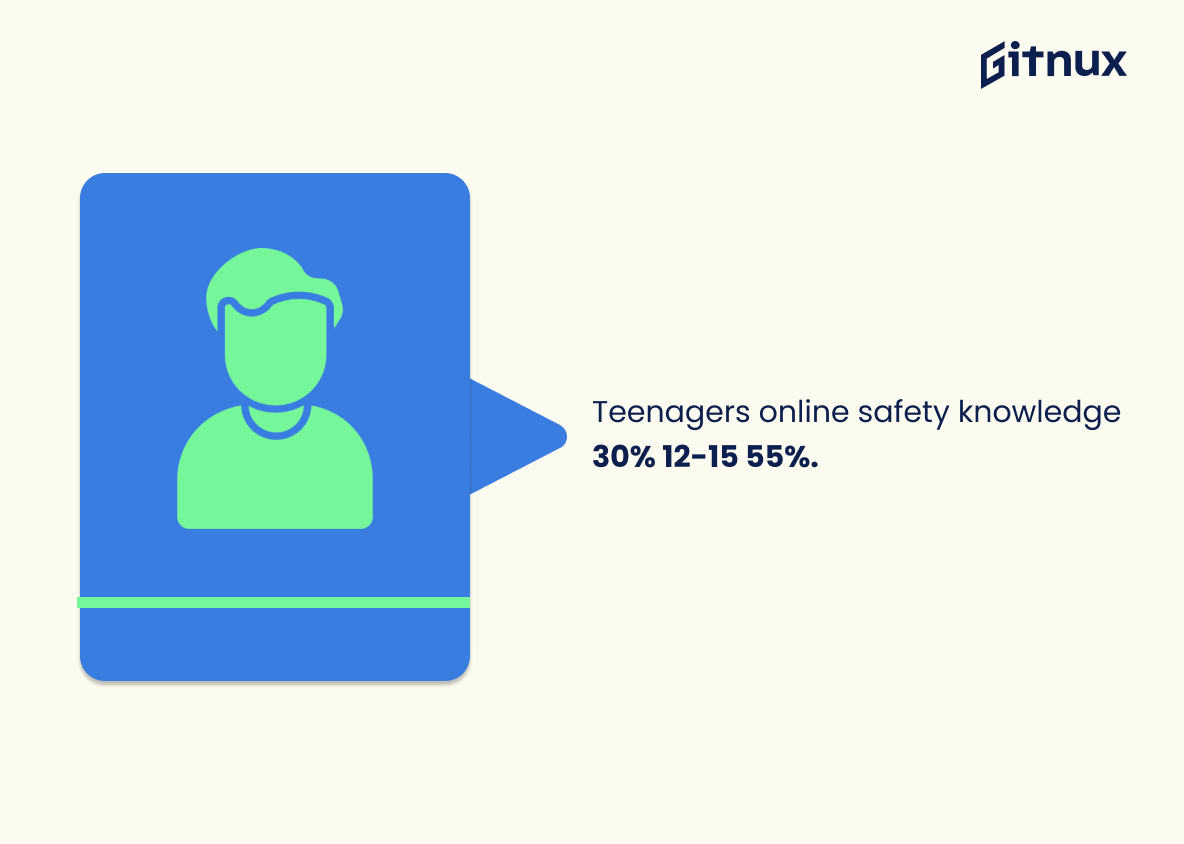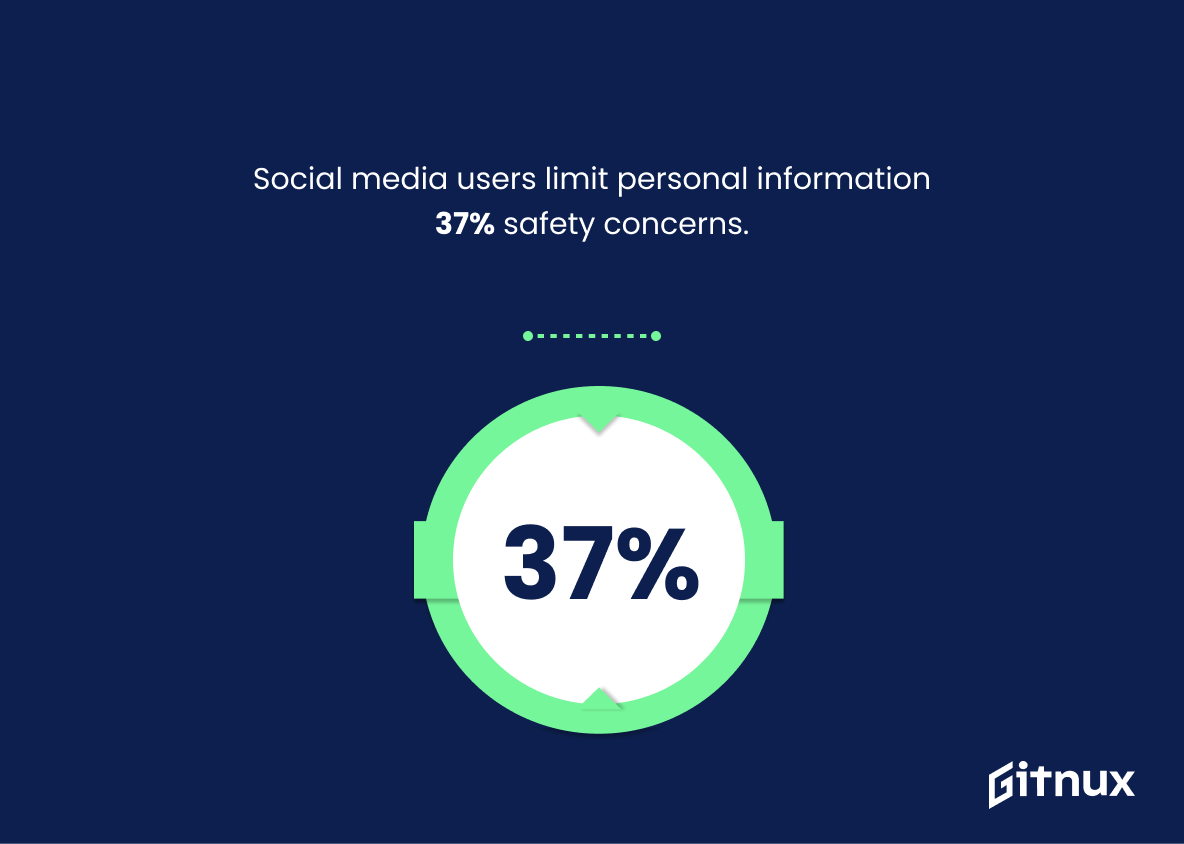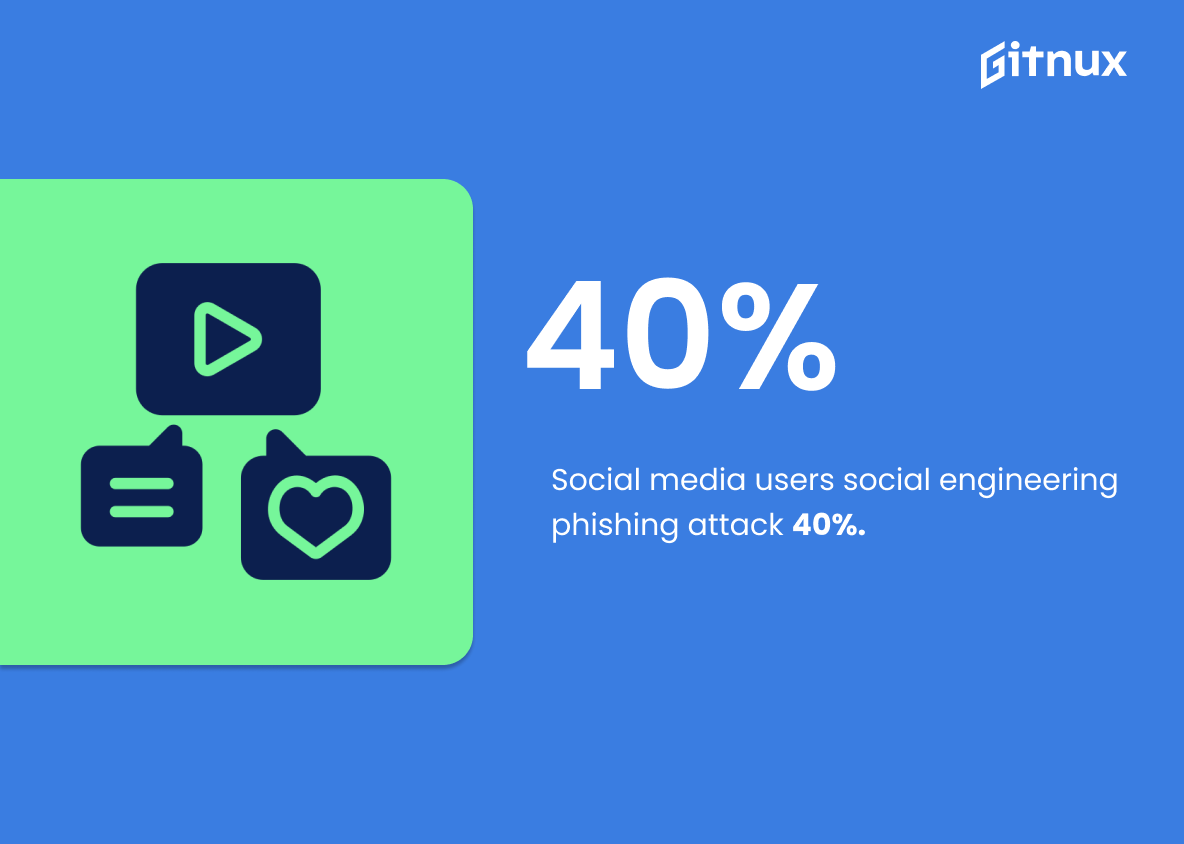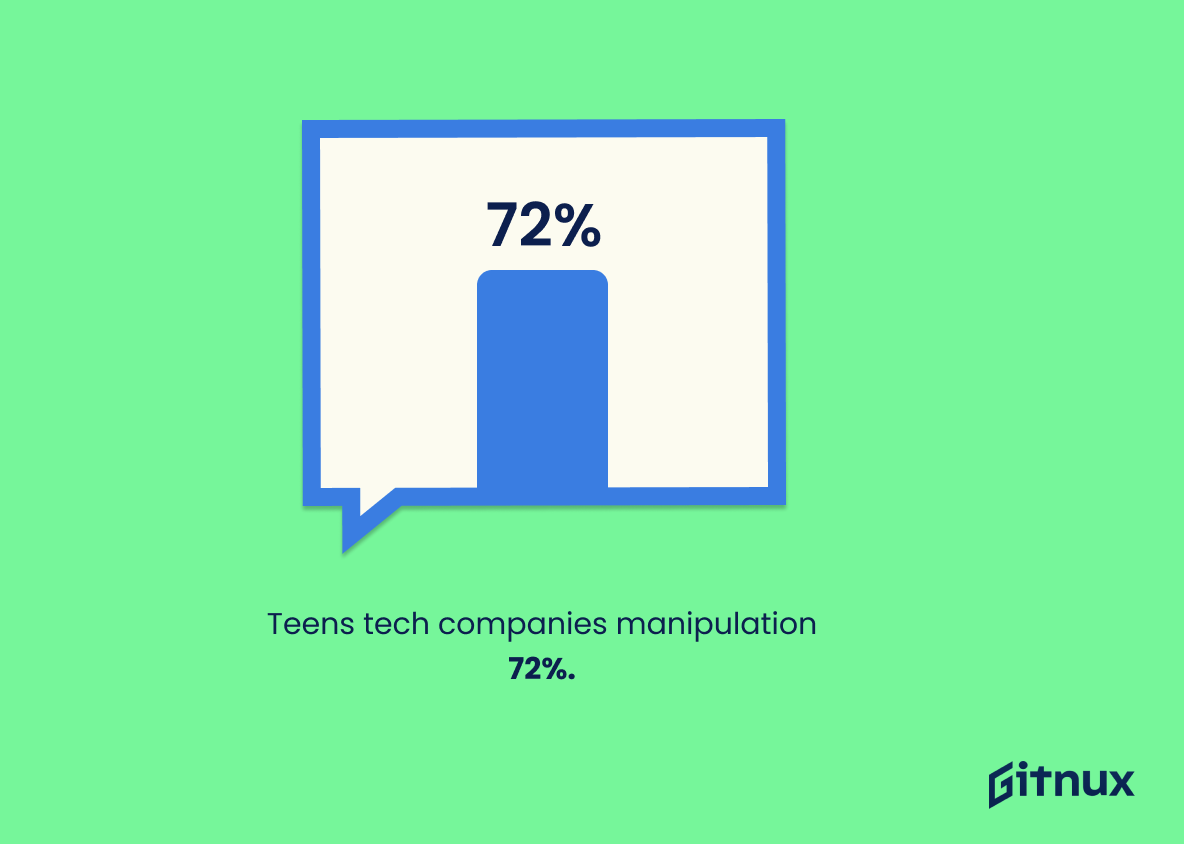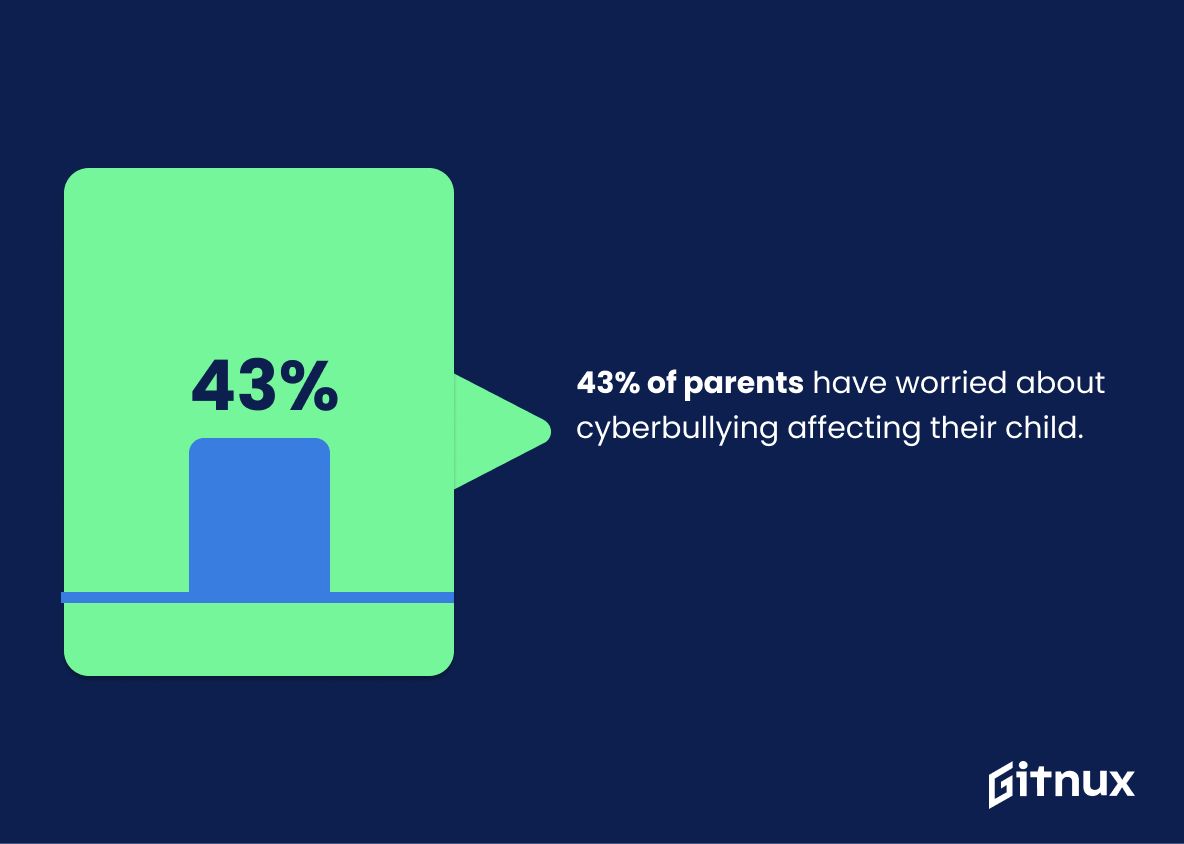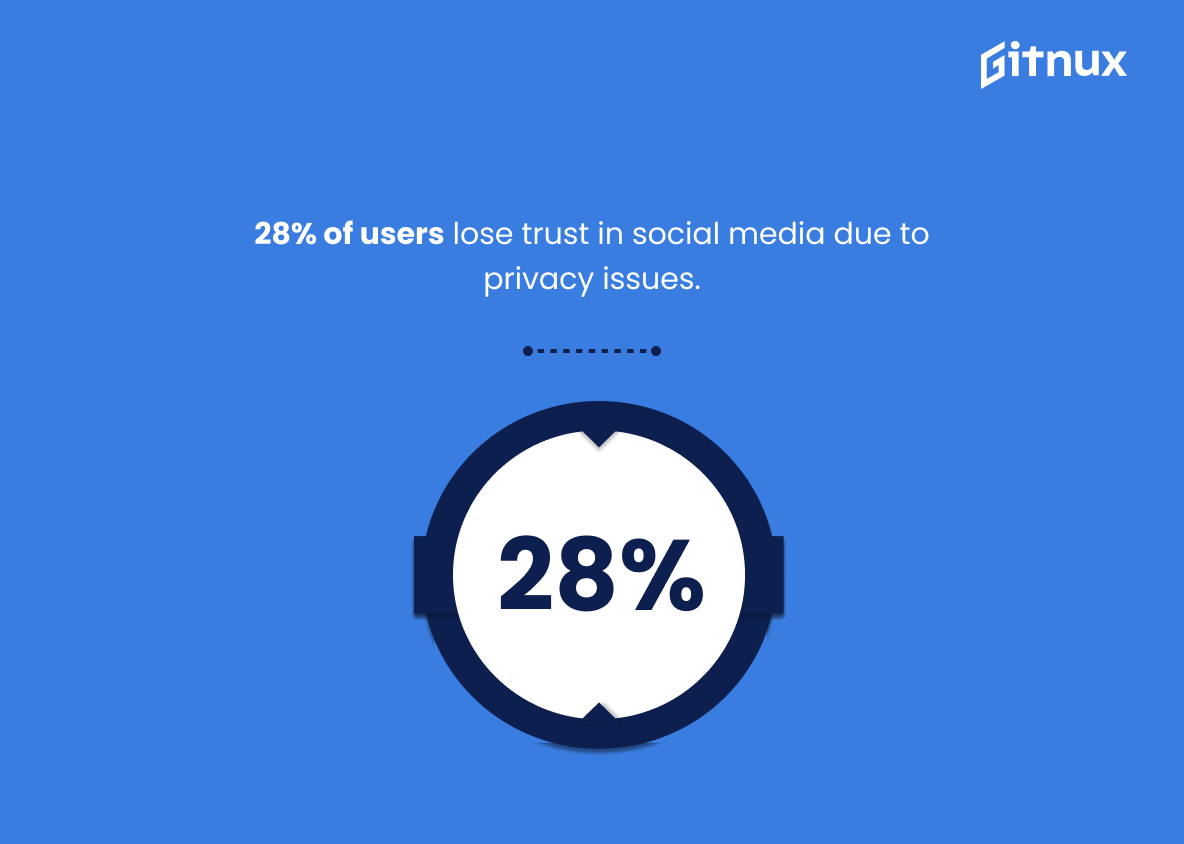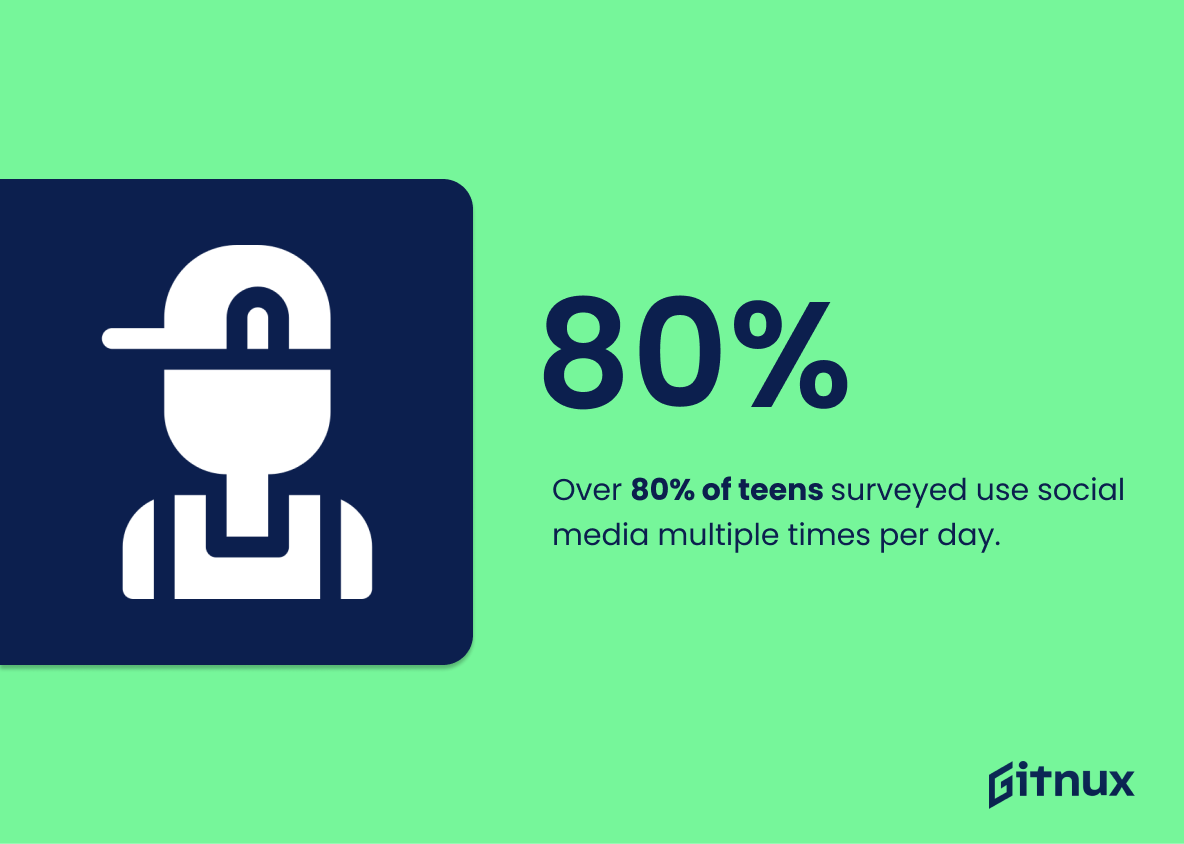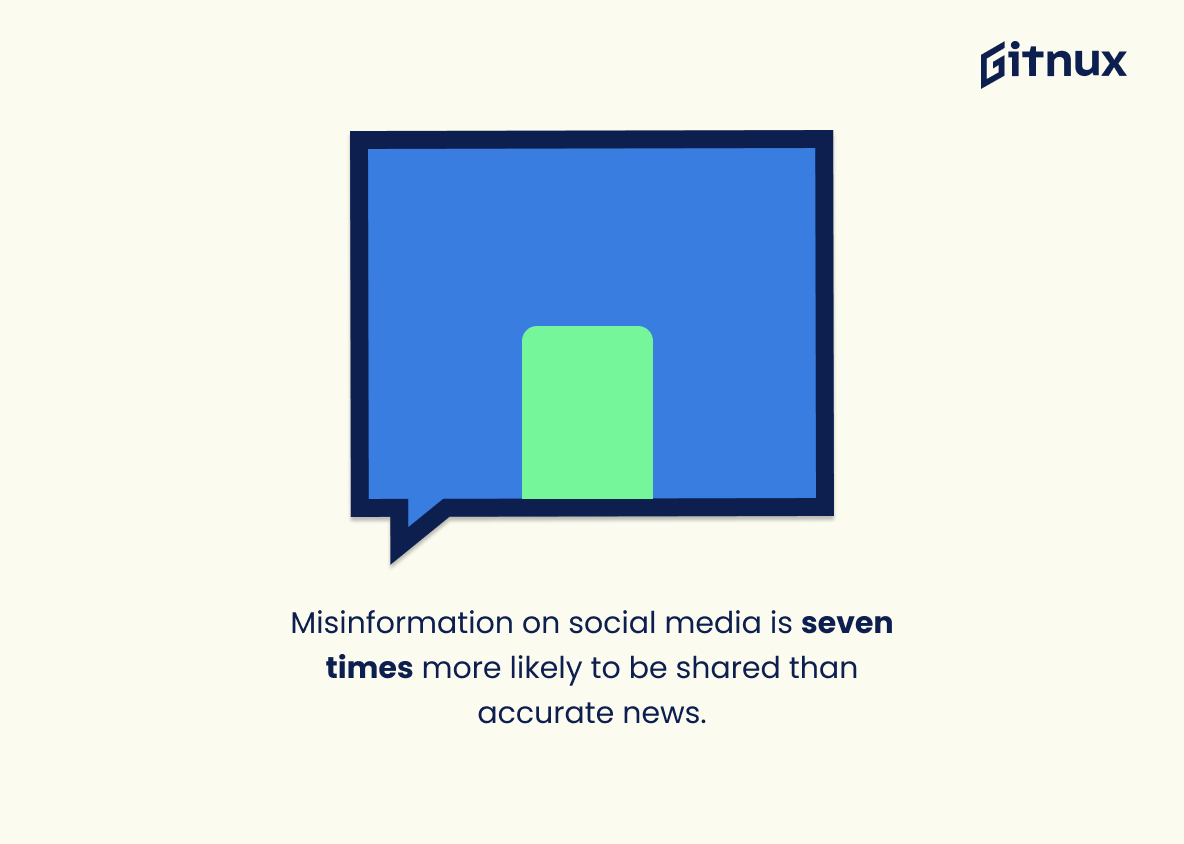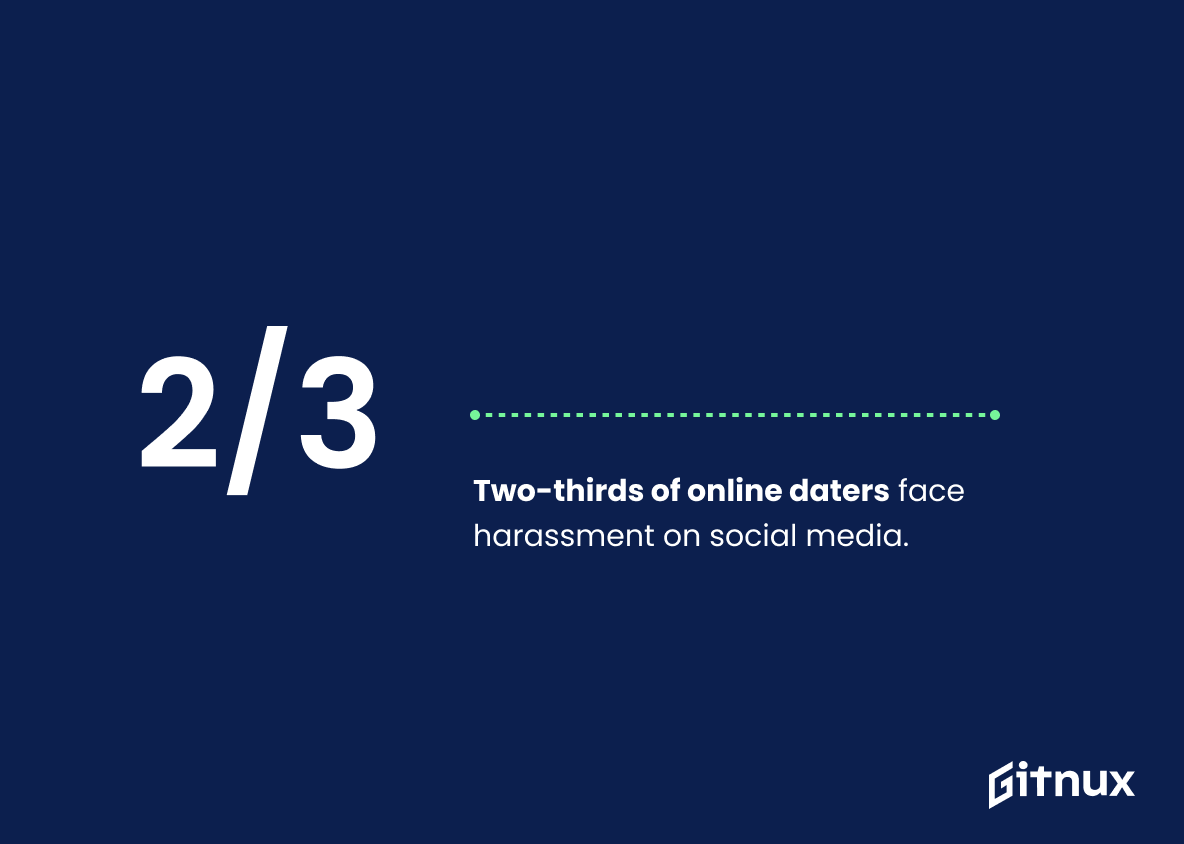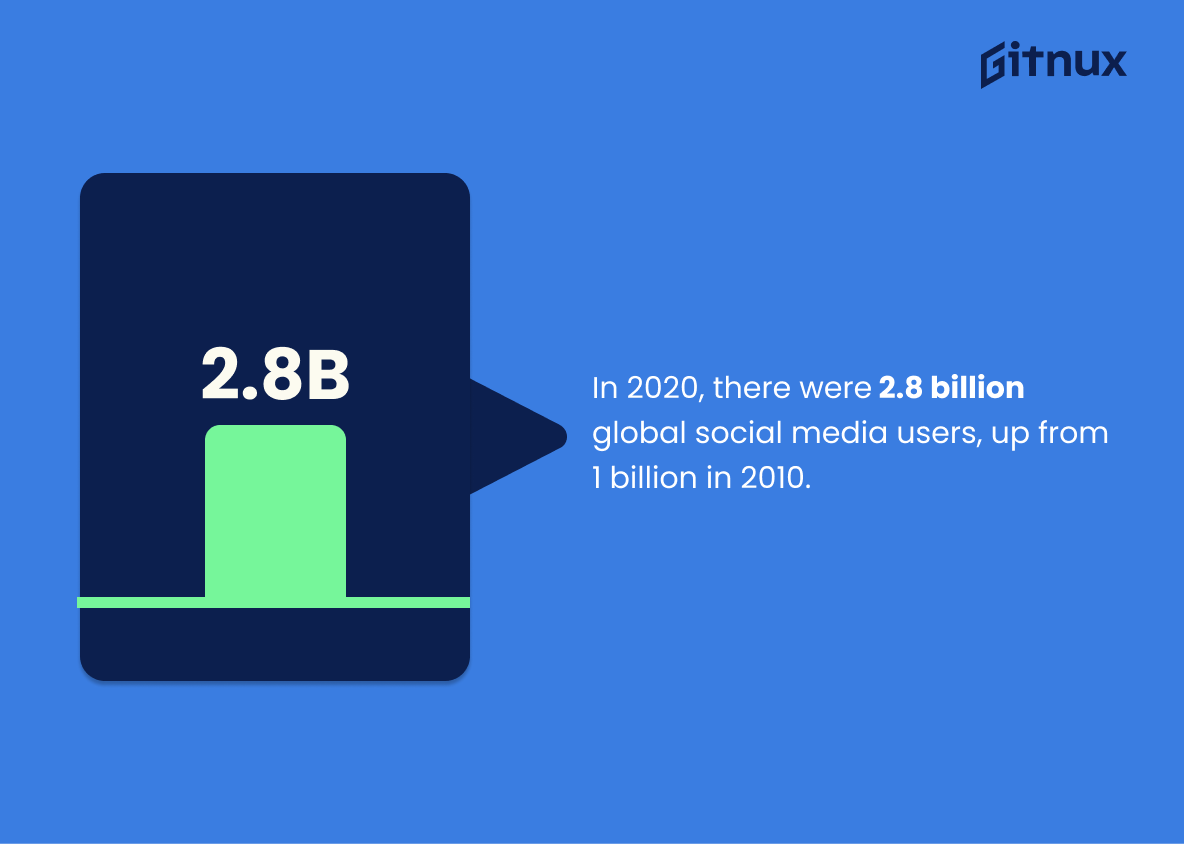Social media has become an integral part of our lives, with over 2.8 billion users worldwide in 2020 alone. But as we increasingly rely on these platforms for communication and entertainment, it is important to be aware of the potential risks associated with them. This blog post will explore some key social media safety statistics that highlight the prevalence of cyberbullying, online harassment, privacy concerns and other issues related to using social media responsibly. We’ll look at data from a variety of sources including research studies conducted by organizations such as Pew Research Center and Kaspersky Lab, government reports from Ofcom UK and Bureau of Justice Statistics (BJS), surveys conducted by Harris Interactive and Common Sense Media among others. By understanding these stats better we can take steps towards protecting ourselves while enjoying all that social media has to offer.
Social Media Safety Statistics Overview
54% of social media users don’t trust the platforms to protect their personal information.
This statistic is a stark reminder of the need for social media users to be vigilant when it comes to protecting their personal information. It highlights the fact that the majority of users are not confident in the security measures put in place by the platforms, and that they must take extra steps to ensure their data is safe.
52% of teens have sent explicit messages over social media, and 40% have received explicit content.
This statistic is a stark reminder of the potential dangers of social media. It highlights the prevalence of explicit messages and content being sent and received by teens, which can have serious implications for their safety and wellbeing. It is a reminder that parents and guardians need to be aware of the risks associated with social media and take steps to ensure their children are using it safely.
79% of parents are worried about their child(ren) becoming a victim of online predators.
This statistic is a stark reminder of the dangers of the online world and the need for parents to be vigilant in protecting their children from online predators. It highlights the importance of educating children on the risks of social media and the need for parents to be aware of the potential threats that exist. It also serves as a reminder that parents should be actively monitoring their children’s online activities and taking steps to ensure their safety.
30% of teenagers aged 12-15 believe they know enough to stay safe online, but it is only true for 55% of them.
This statistic is a stark reminder that, while many teenagers aged 12-15 may think they know enough to stay safe online, the reality is that only a slim majority of them actually do. This highlights the importance of educating young people on the risks of social media and how to protect themselves from potential harm.
Approximately 37% of users limit the personal information they post on social media due to safety concerns.
This statistic is a powerful reminder of the importance of social media safety. It highlights the fact that a significant portion of users are taking proactive steps to protect their personal information online, demonstrating the need for increased awareness and education about the potential risks of social media.
Up to 40% of social media users are estimated to have experienced some form of social engineering or phishing attack.
This statistic serves as a stark reminder of the potential risks associated with using social media. It highlights the need for users to be aware of the dangers of social engineering and phishing attacks, and to take steps to protect themselves from such threats. It is a timely reminder that, while social media can be a great way to stay connected with friends and family, it is also important to be vigilant and take precautions to ensure your safety online.
72% of teens believe that tech companies manipulate users to spend more time on their devices.
This statistic is a stark reminder of the power tech companies have over teens and their usage of devices. It speaks to the need for greater awareness and education around social media safety, as well as the need for tech companies to be more transparent about their practices. It is a call to action for parents, educators, and tech companies alike to ensure that teens are using technology responsibly and safely.
1 in 10 young people have accepted a friend request from a stranger on social media.
This statistic is a stark reminder of the potential risks associated with social media. It highlights the fact that many young people are not taking the necessary precautions when it comes to their online safety, and are instead putting themselves in potentially dangerous situations. It serves as a warning to parents, educators, and other adults to ensure that young people are aware of the potential dangers of social media and are taking the necessary steps to protect themselves.
43% of parents have worried about cyberbullying affecting their child.
This statistic is a stark reminder of the prevalence of cyberbullying and its potential to cause harm to children. It highlights the need for parents to be aware of the risks associated with social media and to take steps to ensure their child’s safety. It also serves as a call to action for social media companies to take greater responsibility for protecting their users from cyberbullying.
28% of users have reported experiencing reduced trust in their social media platforms due to privacy concerns.
This statistic is a stark reminder of the importance of social media safety. It highlights the fact that a significant portion of users have had their trust in social media platforms compromised due to privacy concerns. This is a major issue that needs to be addressed in order to ensure that users feel safe and secure when using social media.
Over 80% of teens surveyed use social media multiple times per day.
This statistic is a powerful indicator of the prevalence of social media usage among teens. It highlights the importance of understanding the potential risks associated with social media and how to protect oneself from them. It is essential to be aware of the potential dangers of social media and to take the necessary steps to ensure safety. This statistic serves as a reminder of the need for social media safety education and resources.
Misinformation on social media is seven times more likely to be shared than accurate news.
This statistic is a stark reminder of the power of social media to spread false information. It highlights the importance of being aware of the sources of information we consume and the need to be vigilant in verifying the accuracy of news before sharing it. This is especially pertinent in the context of social media safety, as the spread of misinformation can have serious consequences for individuals and society as a whole.
Nearly two-thirds of online daters have experienced harassment or unsolicited contact on social media platforms.
This statistic is a stark reminder of the dangers of online dating and the prevalence of harassment and unsolicited contact on social media platforms. It highlights the need for users to be aware of the risks associated with online dating and to take steps to protect themselves from potential harm. It also serves as a warning to social media companies to take more proactive steps to ensure the safety of their users.
In 2020, there were 2.8 billion global social media users, up from 1 billion in 2010.
This statistic serves as a stark reminder of the sheer magnitude of social media users worldwide. It highlights the importance of understanding the risks associated with social media use and the need to take steps to ensure safety. It also serves as a reminder of the potential reach of social media, and the need to be aware of the potential consequences of one’s online activities.
Conclusion
The statistics presented in this blog post demonstrate the prevalence of social media safety concerns among users, parents and teens. Cyberbullying is a major issue for 59% of teens who have experienced it online, while 70% of adults use at least one social media site. 54% of users don’t trust platforms to protect their personal information, and only 21% are using parental controls or other means to monitor their children’s activity on these sites. Additionally, 15% of parents are aware that their child has a secret account and 52% have sent explicit messages over social media. 79%, 60%, and 43 % respectively worry about predators targeting them online; sharing too much personal information; or cyberbullying affecting them negatively. Finally, 37%, 28%, 40%, 72%, 93 % limit what they share due to safety concerns; experience reduced trust in the platform due to privacy issues; fall victim to phishing attacks or manipulation by tech companies respectively ;and 1 in 10 accept friend requests from strangers on social networks . These figures show how important it is for people – especially young ones -to be mindful when engaging with digital content as well as take necessary precautions against potential risks associated with using such platforms
References
0. – https://www.www.pewresearch.org
1. – https://www.www.commonsensemedia.org
2. – https://www.www.slideshare.net
3. – https://www.www.ofcom.org.uk
4. – https://www.www.theguardian.com
5. – https://www.www.mcafee.com
6. – https://www.www.kaspersky.com
7. – https://www.www.statista.com
8. – https://www.cyberbullying.org
9. – https://www.www.getsafeonline.org
10. – https://www.www.gwern.net
11. – https://www.resources.infosecinstitute.com
12. – https://www.datareportal.com
13. – https://www.www.stopbullying.gov
ZipDo, cited June 2023: Social Media Safety Statistics
